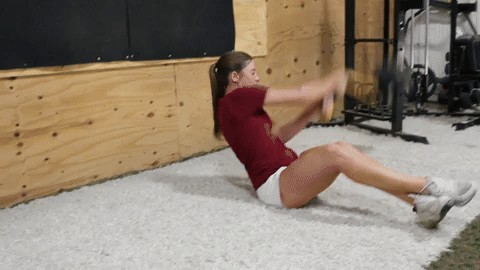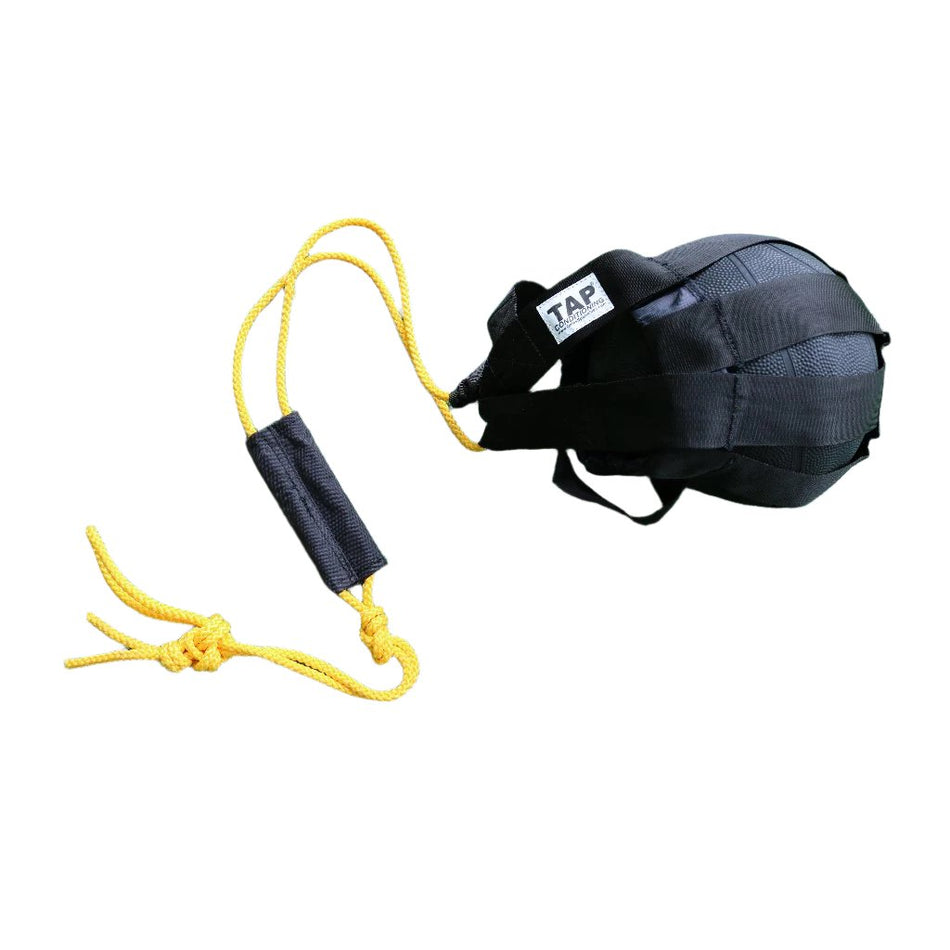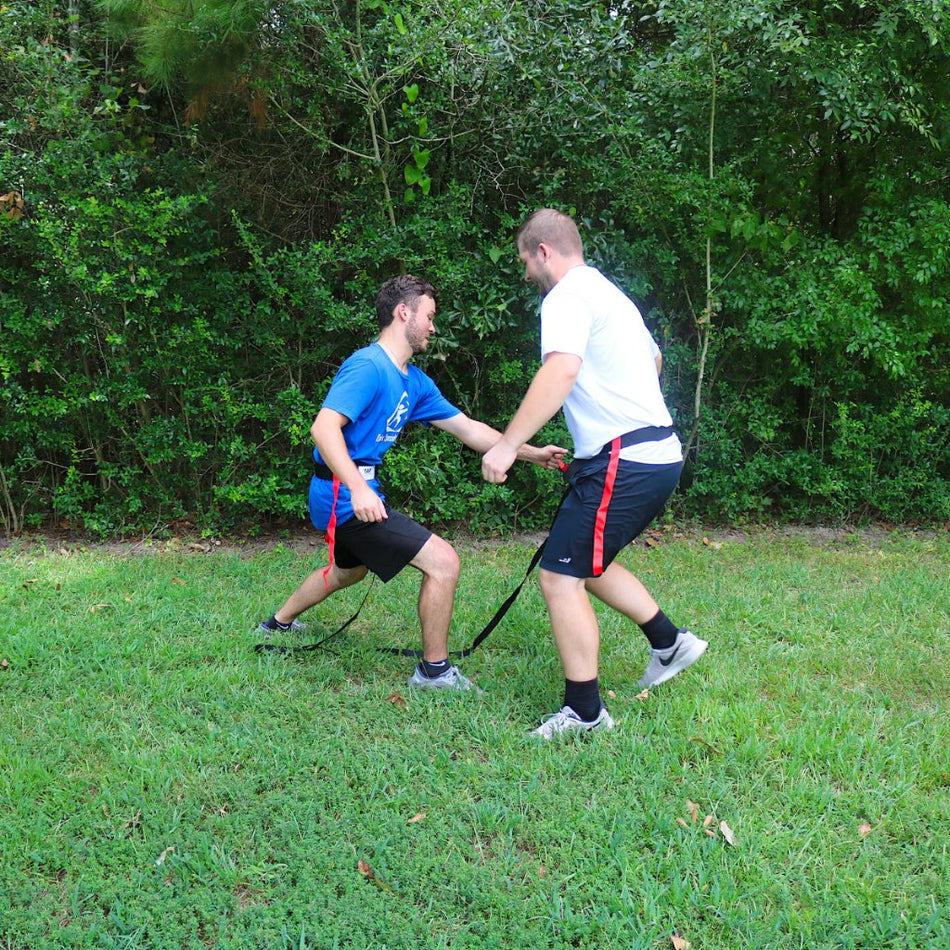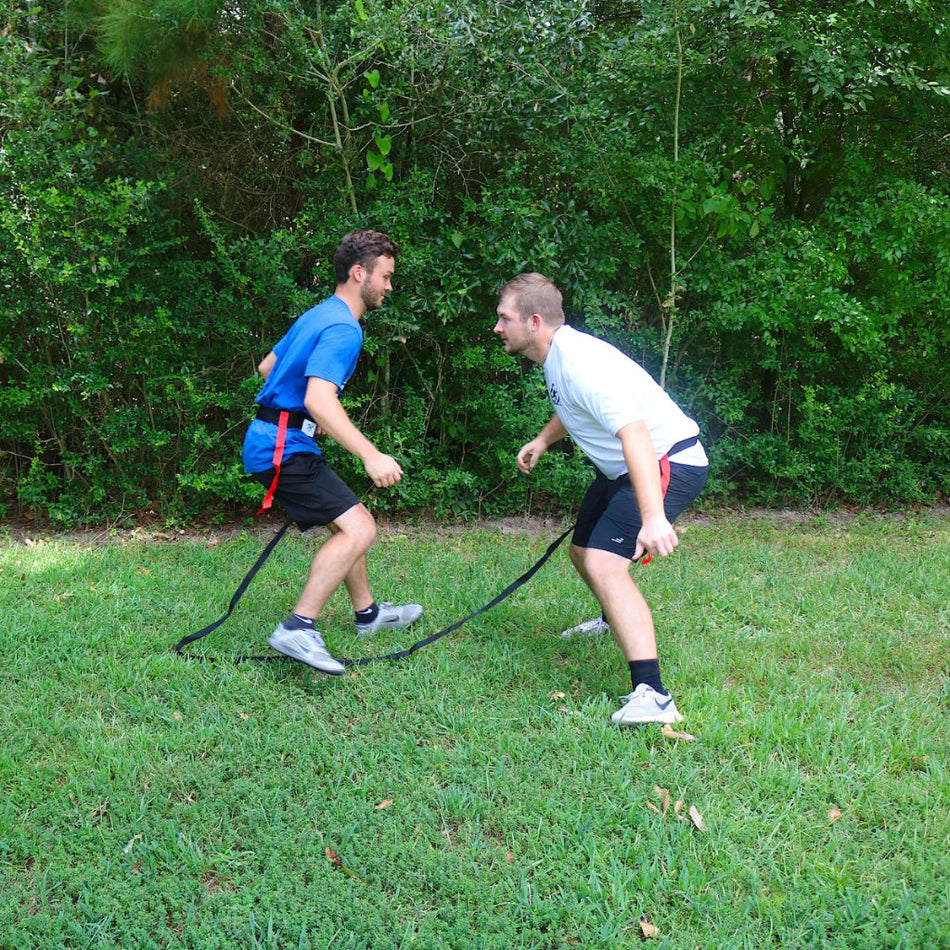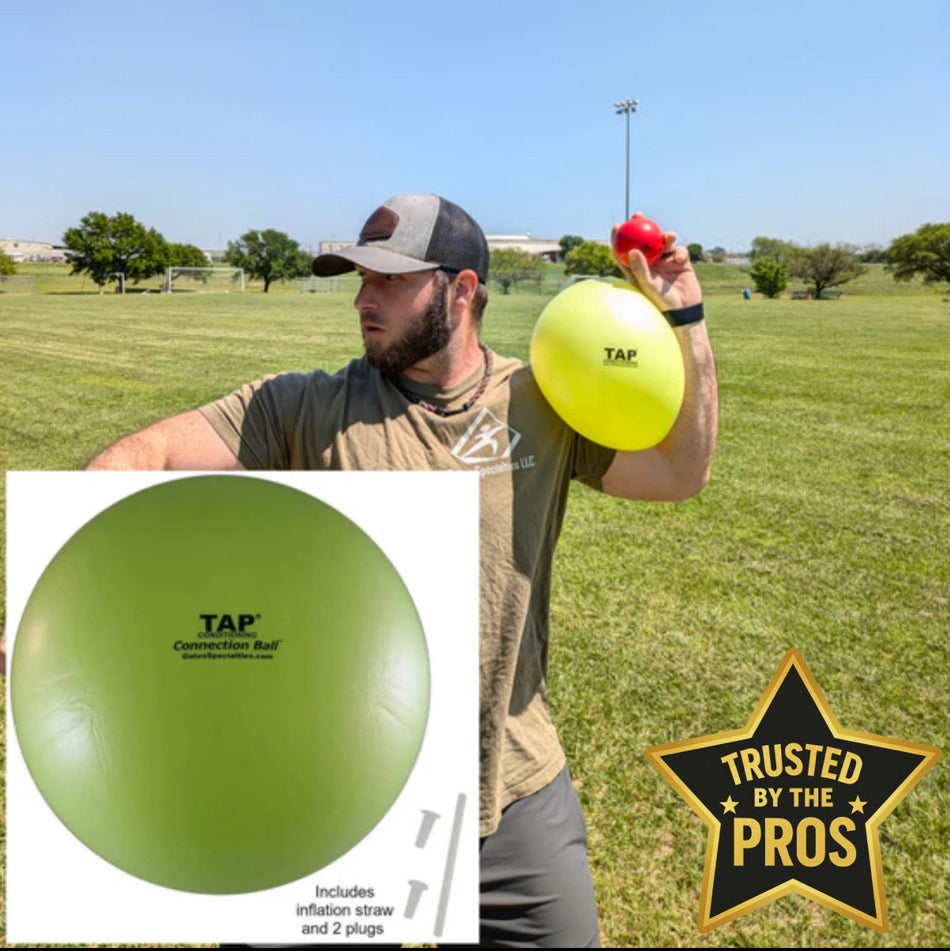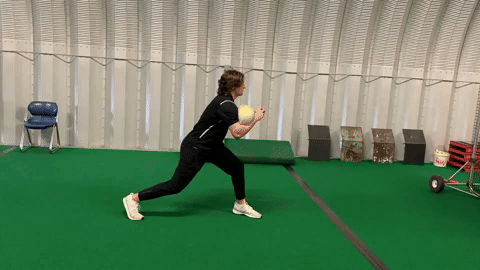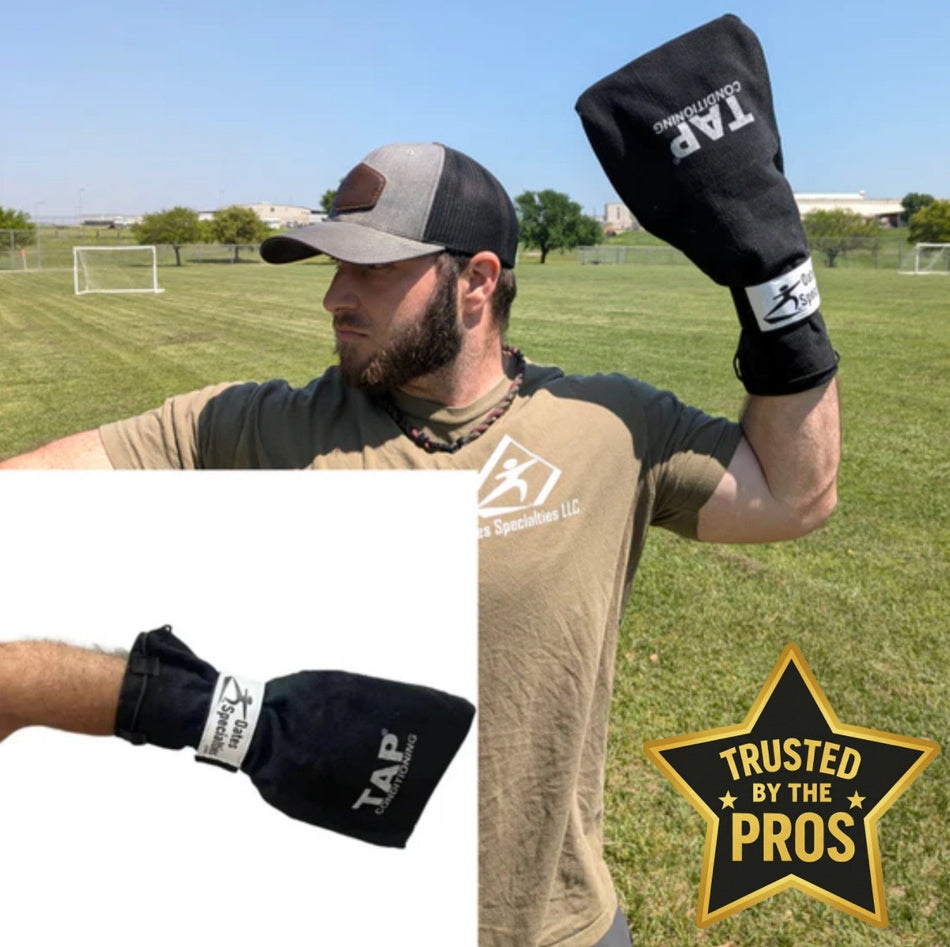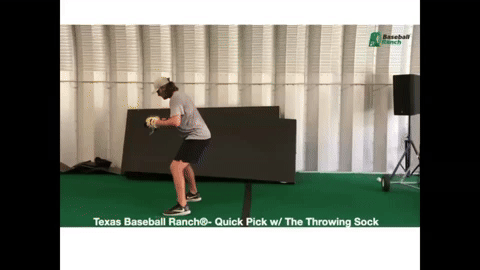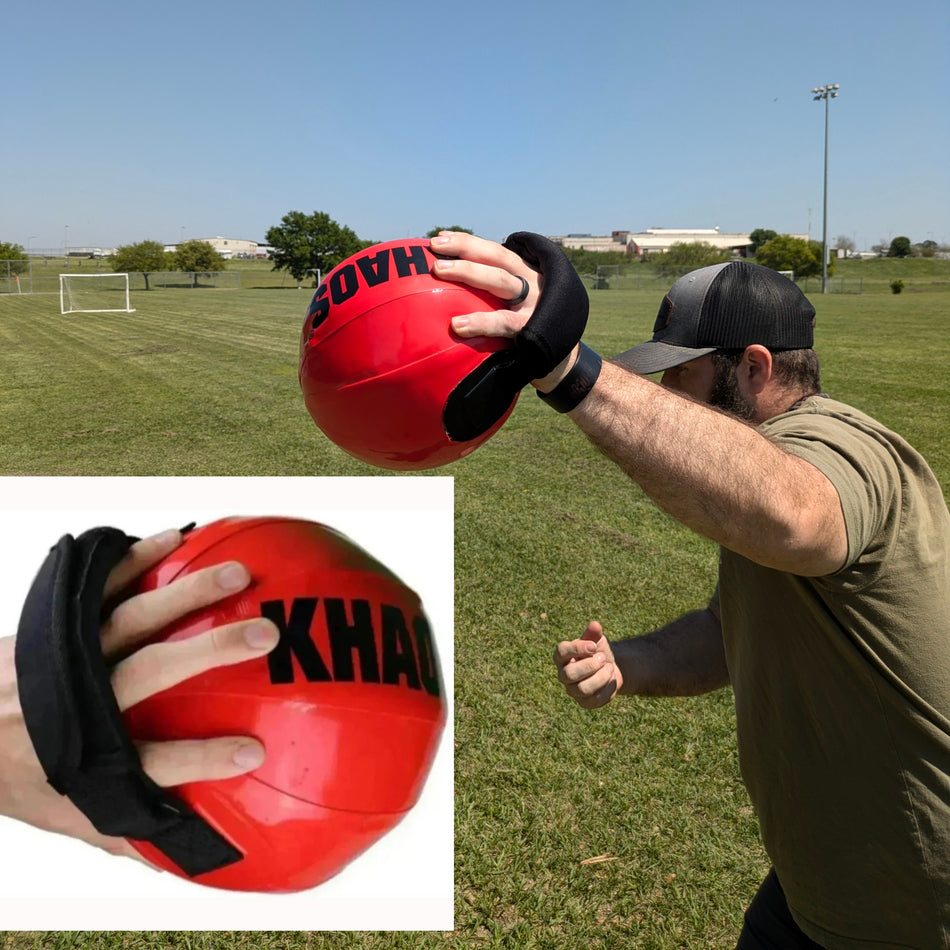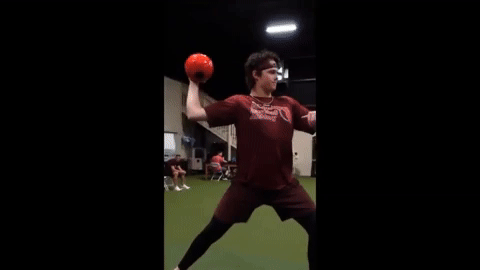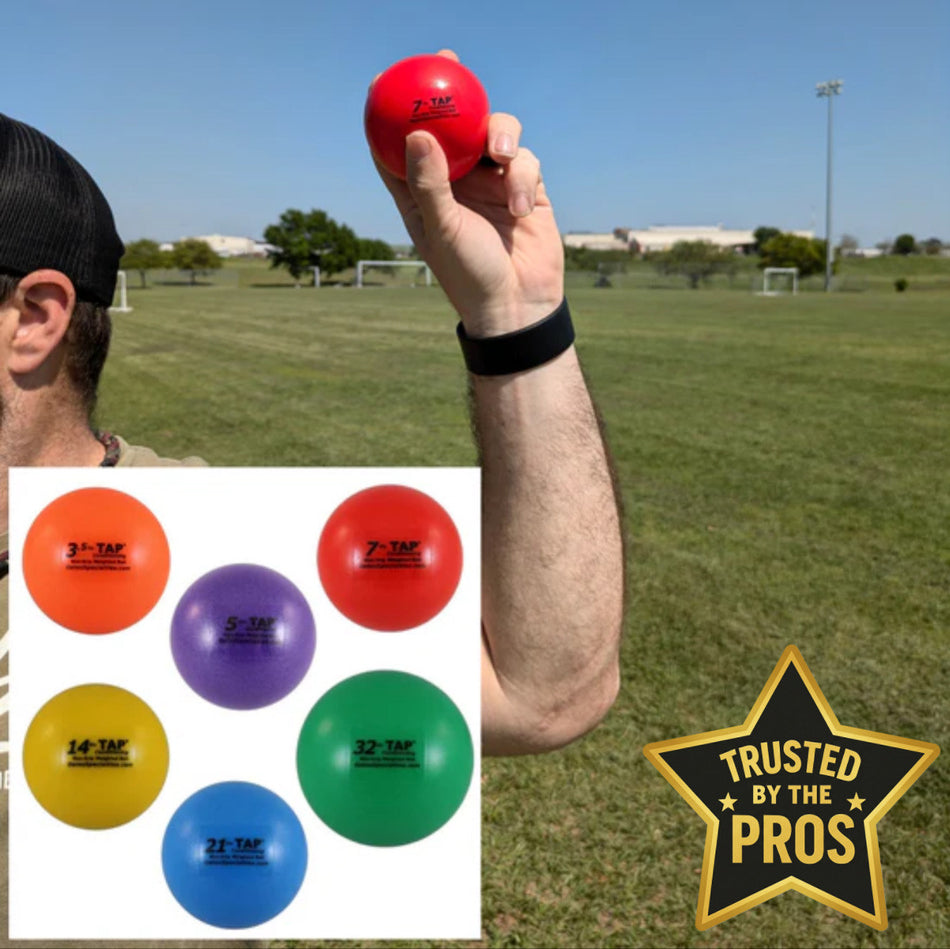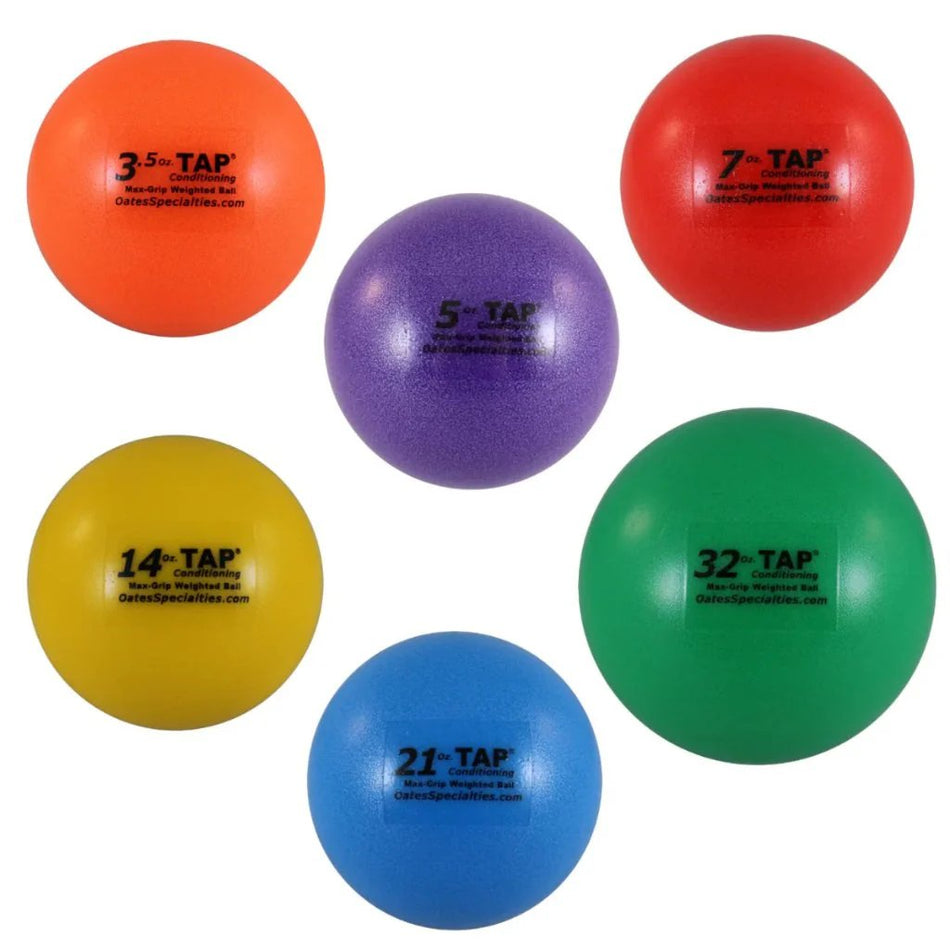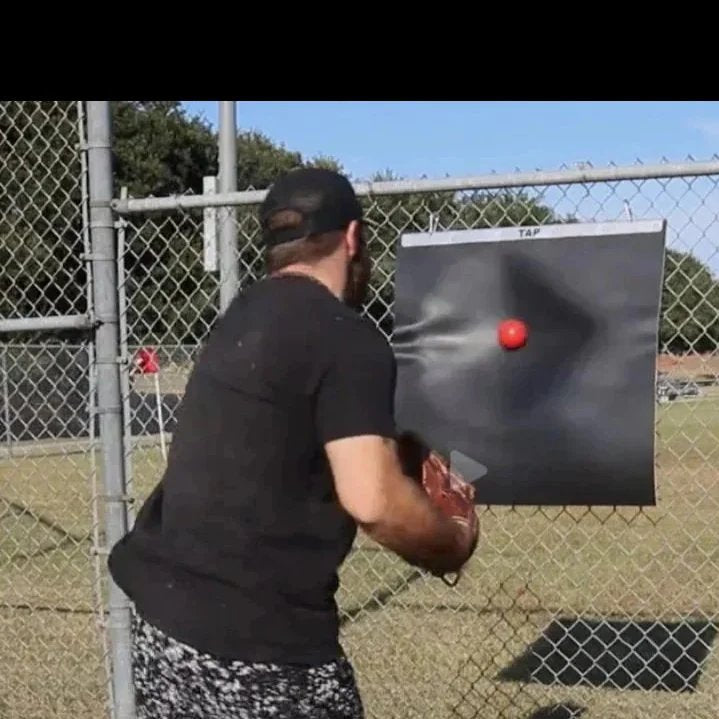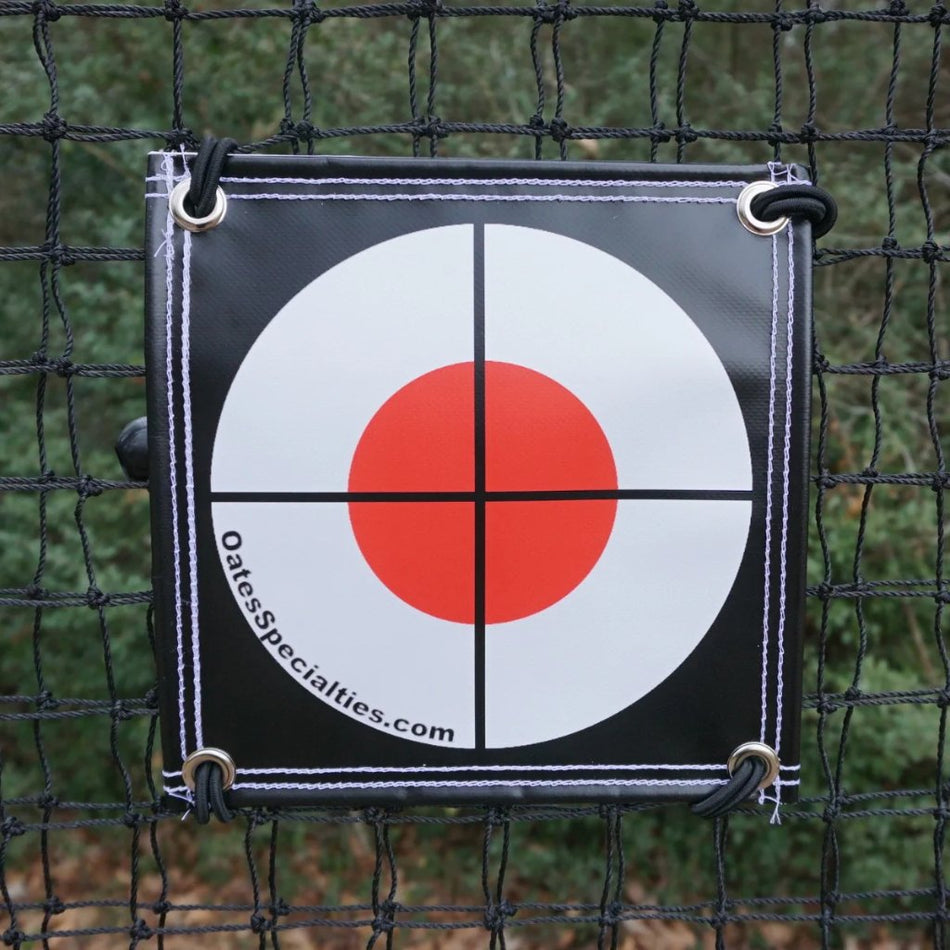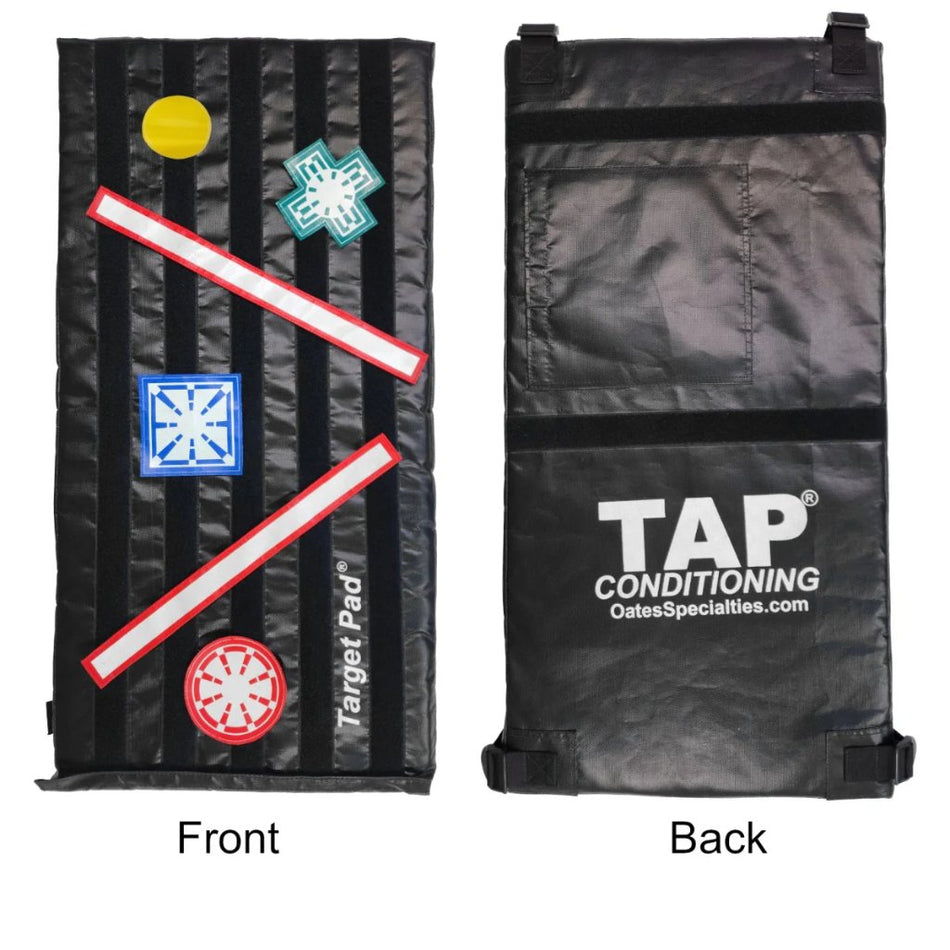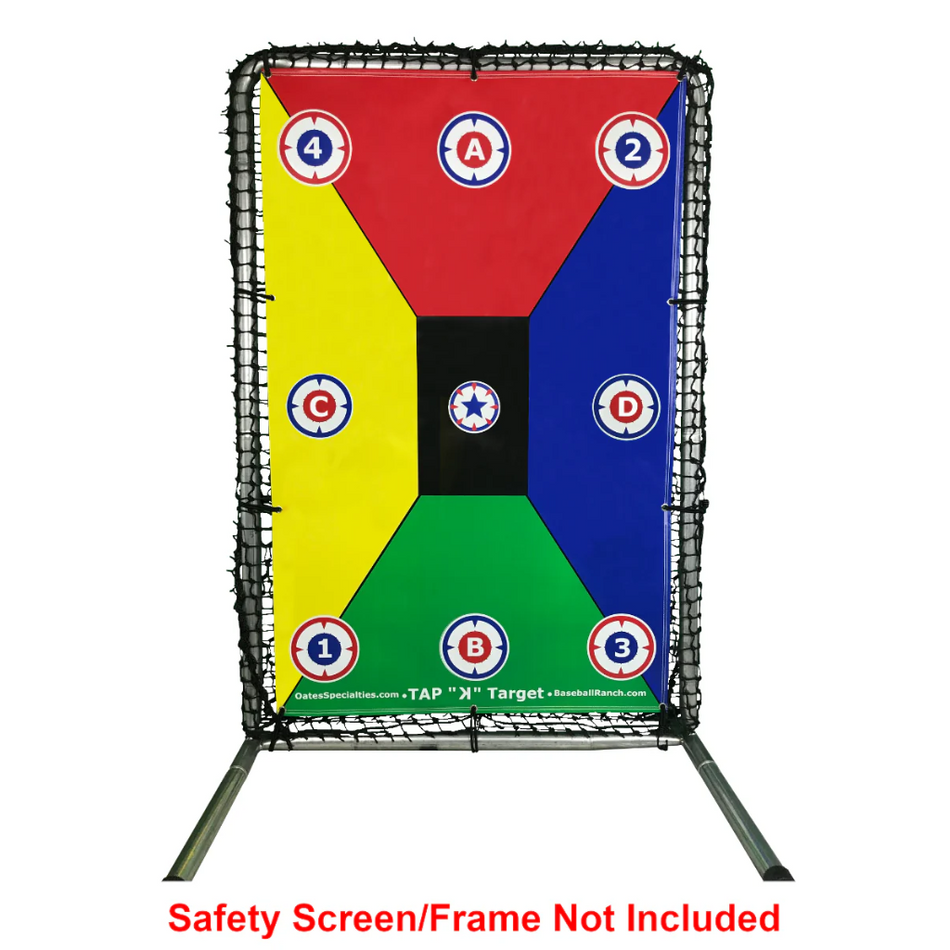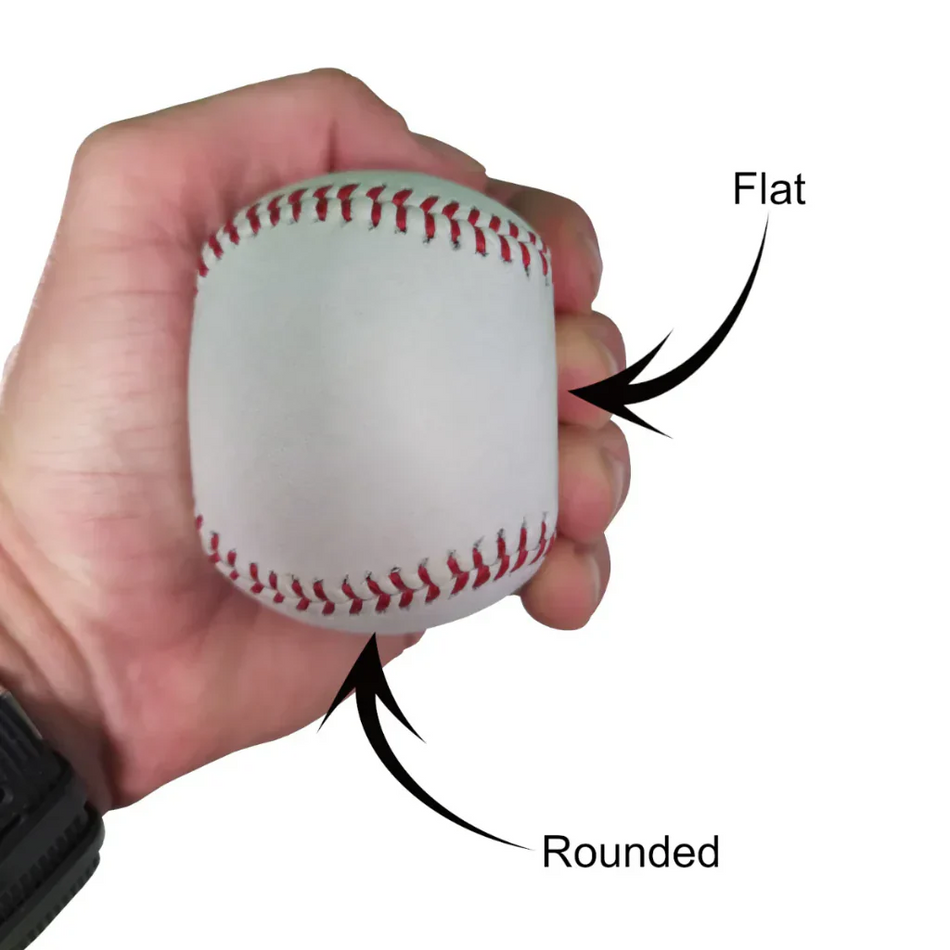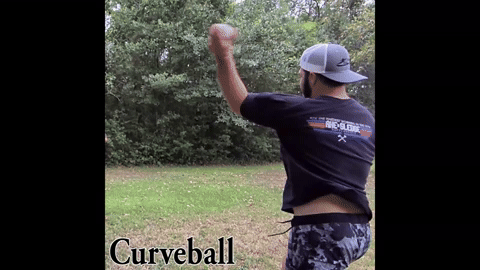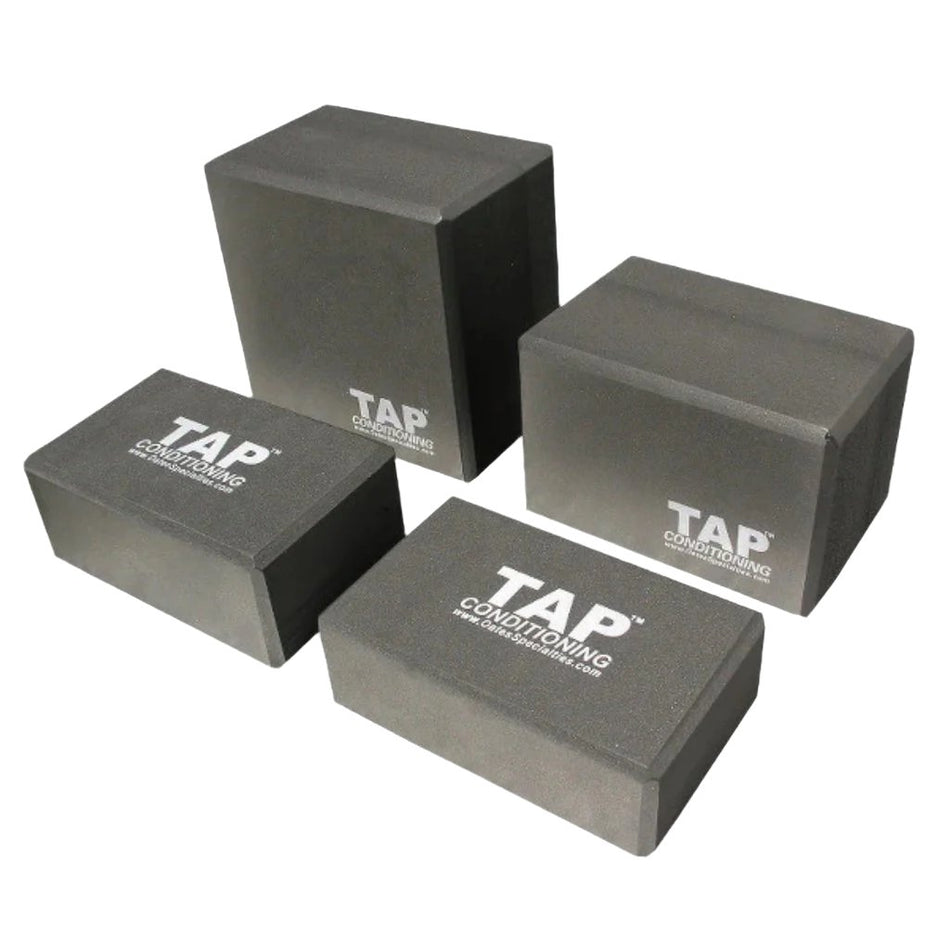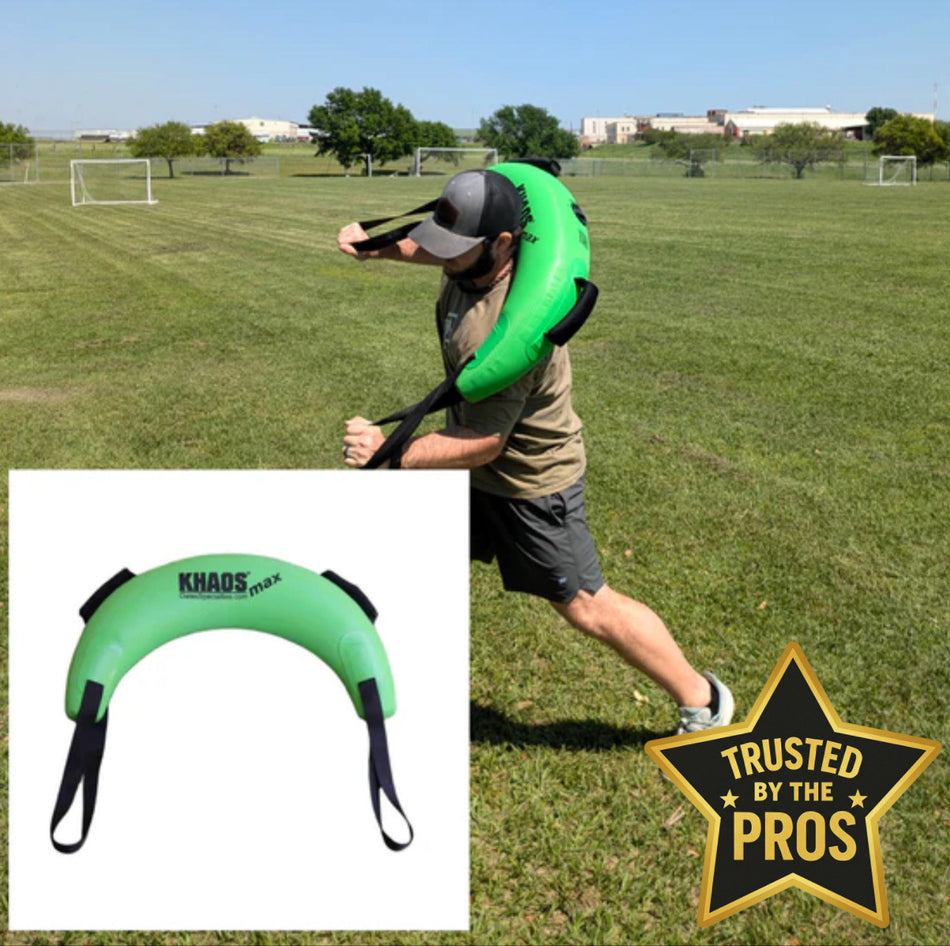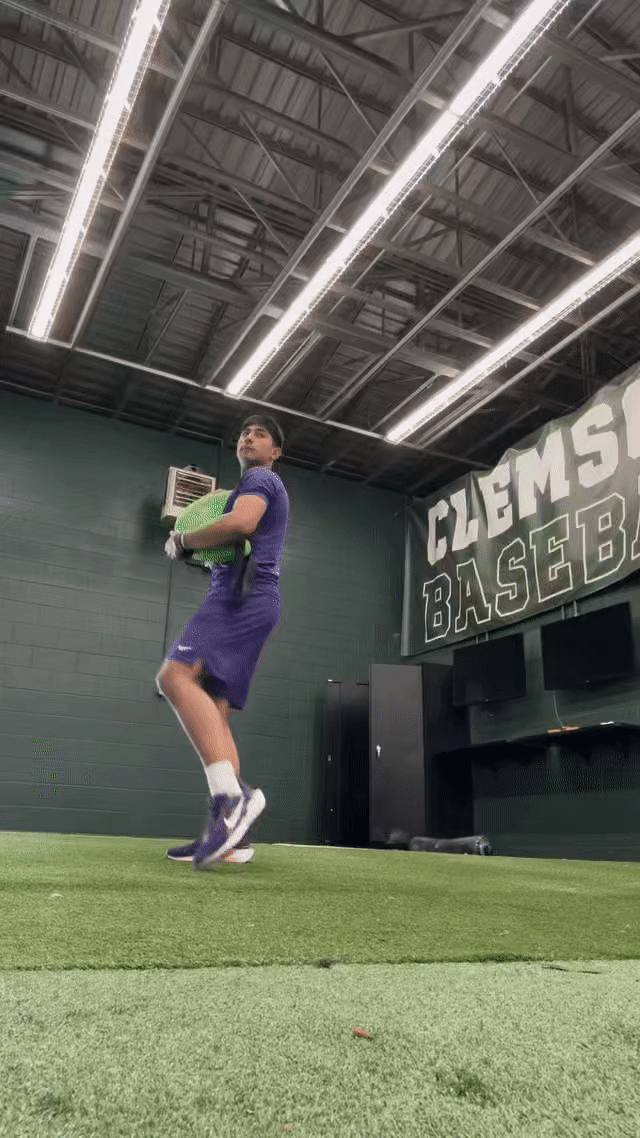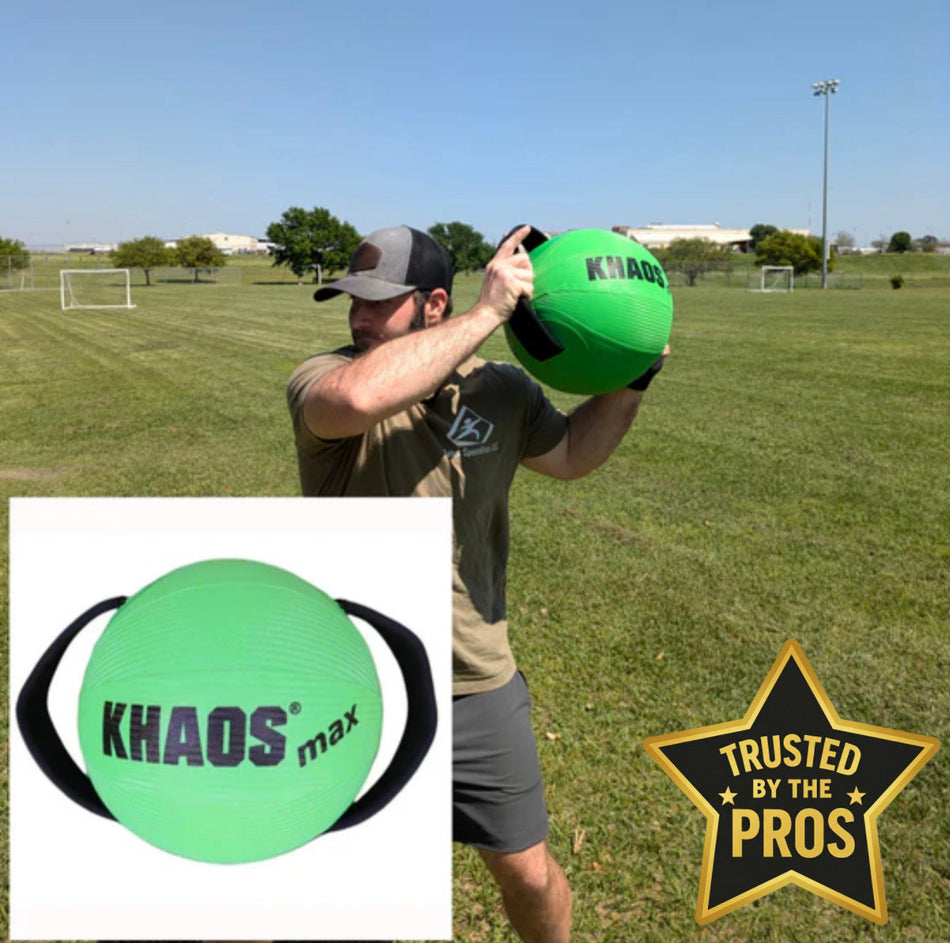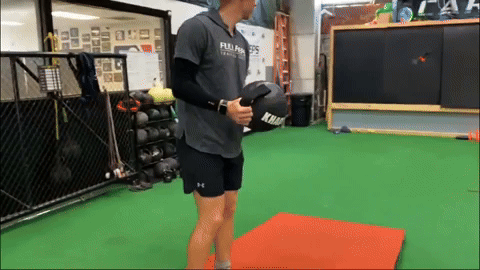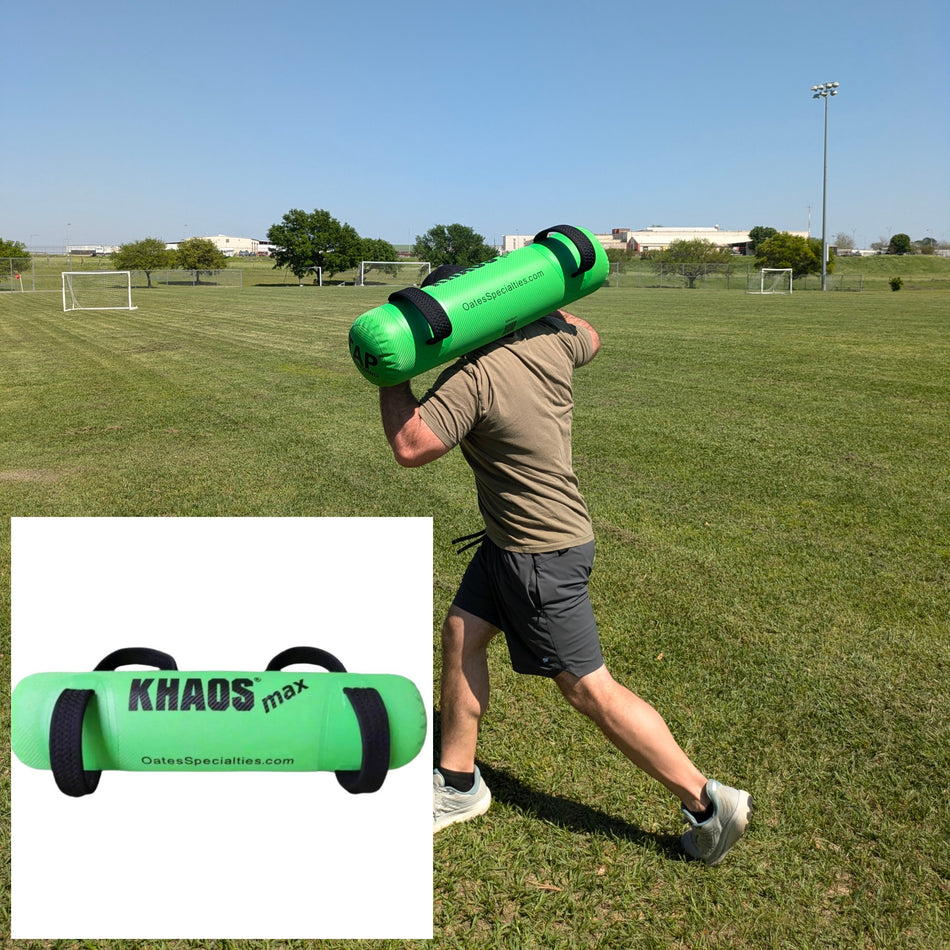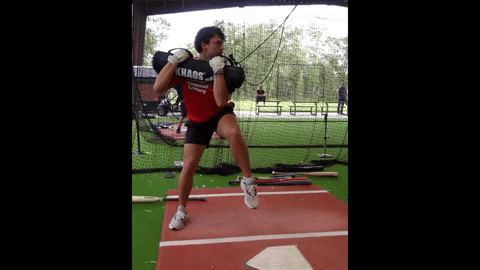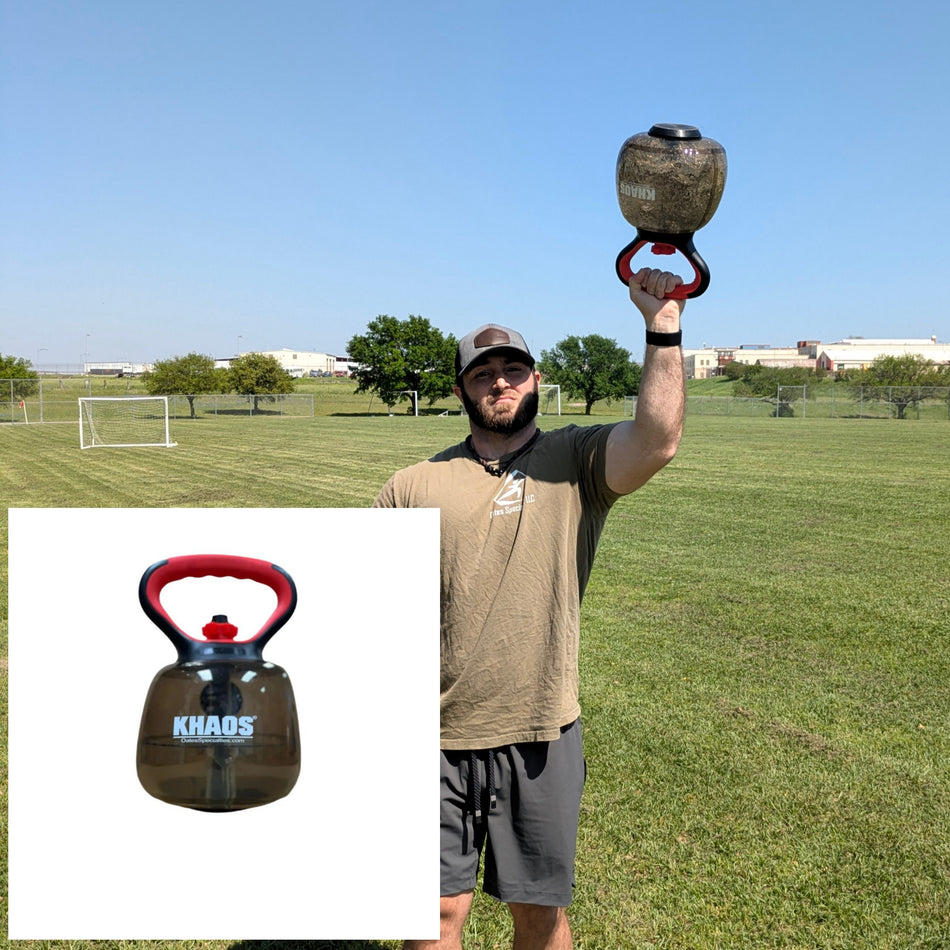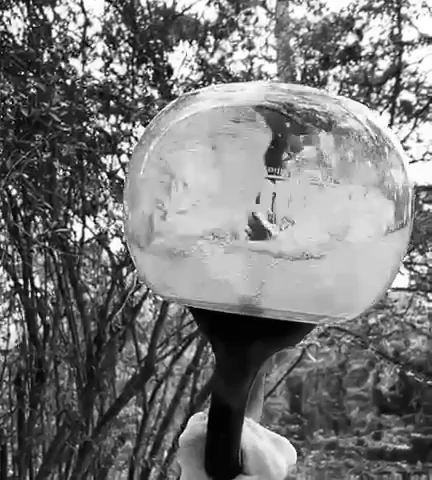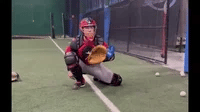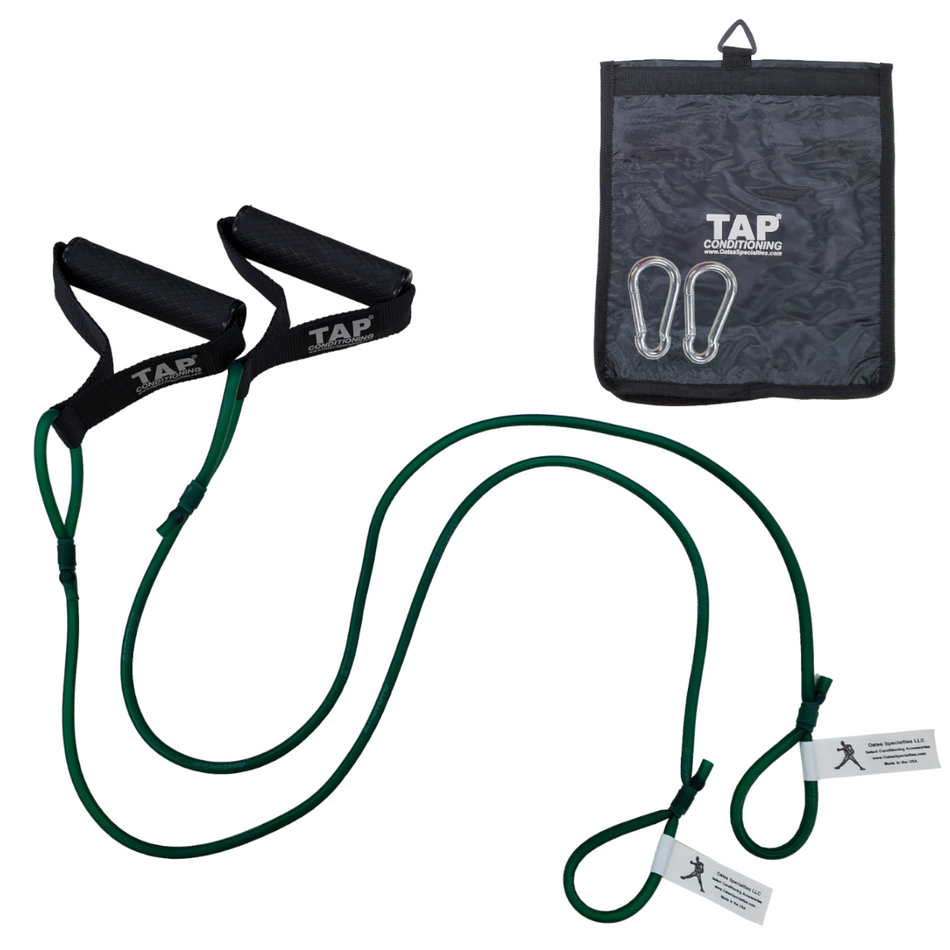Understanding the biological timeline that makes baseball training both safe and effective
The Impatient Athlete's Reality Check
You've been working on your throwing program for six weeks. Your arm feels stronger, your mechanics look better in video, and you're convinced you're ready to ramp up intensity. But sports science research tells a different story - one that could save your season and your career.
The long timeline for tissue adaptation isn't just coaches being overly careful. It's based on decades of research showing how your body actually builds throwing strength at the cellular level. Understanding this science doesn't just prevent injuries - it helps you perform better by working with your biology instead of against it.
Why Your Arm Is Under Extreme Stress
Baseball throwing puts incredible demands on your body. When you throw a fastball, research shows that valgus torque at the elbow can reach 120 Nm - forces that would tear the ulnar collateral ligament (UCL) if it were working alone (Werner et al., 1993). To put this in perspective, cadaveric studies show the UCL fails at approximately 32-34 Nm in isolation. This means your forearm muscles and other structures must work together to protect your ligaments from forces that routinely exceed what the ligament alone can withstand.
Think of it this way: every pitch subjects your elbow to forces that would tear the UCL if it were working by itself. The fact that you can throw at all depends on a complex system of muscle contractions, ligament strength, and mechanical coordination that must all develop together.
The Three-System Adaptation Timeline
Your body adapts to throwing stress through three different systems, each working on its own timeline. Research consistently shows that individual athletes demonstrate significant variation in these timelines based on age, training history, genetics, and lifestyle factors (Kjaer, 2004).
Neural Adaptations: The Quick Wins (Weeks 1-6)
The first improvements you feel aren't actually from stronger tissues - they're from your nervous system learning to coordinate movement better.
What the research shows:
When you start a throwing program, your brain faces a huge coordination challenge. Del Vecchio et al. (2019) demonstrated that after just 4 weeks of strength training, motor unit recruitment thresholds decreased and firing rates increased significantly - accounting for measurable strength gains BEFORE any tissue changes occurred. This groundbreaking study directly tracked individual motor units across training sessions, proving that early strength gains are neural, not structural.
Key neural adaptations include:
- Motor Unit Recruitment: Your nervous system gets better at activating muscle fibers simultaneously
- Intermuscular Coordination: Different muscle groups learn to work together better - critical when energy must transfer from your legs through your core to your arm in under 200 milliseconds
- Reciprocal Inhibition: Your brain learns to turn off opposing muscles during movement
These neural changes explain why athletes often feel "stronger" within weeks but haven't actually built more durable tissues yet.
Training consideration: During this phase, tools that provide movement feedback can be extremely valuable. The TAP® Baseball Training Sock allows you to practice full throwing motions anywhere, supporting the neural learning process that's happening during these critical early weeks. Since neural adaptations require consistent practice, having a tool that removes barriers like weather or space constraints can accelerate this important foundation phase.

Muscle Protein Synthesis: Building the Engine (Weeks 4-12)
Around week 4-6, real structural changes begin. This is where patience becomes crucial.
What the research shows:
MacDougall et al. (1995) conducted a landmark study that precisely mapped the muscle protein synthesis (MPS) timeline. They found MPS is elevated by 50% at 4 hours following heavy resistance training and by 109% at 24 hours, before declining rapidly so that by 36 hours it has nearly returned to baseline levels. This tells us that muscles are building and repairing themselves in waves over days and weeks.
The muscle building process requires:
- Satellite Cell Activation: Special cells donate their DNA to muscle fibers, increasing the muscle's ability to build protein - a process requiring 6-8 weeks of consistent training to establish
- Contractile Protein Remodeling: Your muscles don't just get bigger - they get more efficient, optimizing fiber types for throwing demands over 8-12 weeks
- Metabolic Adaptations: The energy systems in your muscle cells become more efficient
Critical reality: Individual athletes show markedly different response patterns. Some may adapt faster or slower based on genetics, age, training history, nutrition, sleep quality, and stress levels.
Training consideration: The TAP® Shoulder Tube becomes particularly valuable during this phase. Its oscillating resistance creates unpredictable challenges that engage stabilizing muscles more effectively than regular bands. This type of training supports the muscle building process by providing variable stress that encourages adaptation while the underlying muscle structure is developing.
Connective Tissue Remodeling: The Foundation (Weeks 8-16+)
This is where most training programs fail athletes - they ignore the slowest but most important adaptation process.
What the research shows - The Tendon Adaptation Story:
The Tendon Adaptation Research: Bohm, Mersmann, and Arampatzis (2015) conducted a comprehensive meta-analysis of 37 training studies and demonstrated that tendons DO adapt significantly to mechanical loading. Their analysis showed:
- Meaningful increases in tendon stiffness within 8 weeks
- Larger, more consistent adaptations at 12+ weeks
- Changes occur through material property modifications (cross-linking, organization) and peripheral tissue remodeling, not through replacing the stable core collagen
How Tendons Get Stronger:
Despite the stable core, tendons adapt through three mechanisms:
- Material Property Changes: Increased collagen cross-linking and better fiber organization make existing tissue stronger and stiffer
- Peripheral Tissue Remodeling: The outer regions of tendons remain metabolically active and can add tissue
- Morphological Changes: With longer training (12+ weeks), tendons can increase in cross-sectional area
Loading Patterns Matter:
Arampatzis et al. (2007, 2010) discovered that the TYPE of loading is critical. Tendon stiffness increases most effectively with:
- Strain values between 4.5-6.5%
- Sustained contractions (3 seconds loading, 3 seconds rest)
- NOT with short-duration plyometric loading, despite generating high forces
This explains why explosive training builds muscle strength faster than tendon strength - creating the dangerous imbalance that leads to injury.
The Muscle-Tendon Imbalance Problem:
Here's the critical issue for baseball players: Mersmann, Bohm, and Arampatzis (2017) documented that muscles adapt faster than tendons in response to training. When muscle strength increases rapidly without proportional tendon adaptation, the stronger muscles generate forces the tendons aren't ready to handle - significantly increasing injury risk, especially in young athletes.
Timeline Reality:
- 8 weeks: Earliest detection of meaningful stiffness increases (some athletes)
- 12+ weeks: More consistent and larger adaptations across most athletes
- Individual variation: Some athletes require 14-16 weeks or longer
Training consideration: The Khaos Water Training system provides unstable resistance that forces continuous muscle and tendon adaptation to changing demands. This type of training supports connective tissue adaptation by requiring constant adjustments while building the movement strength essential for baseball performance. The variable load characteristics may help provide the sustained tension that research shows is important for tendon adaptation.
How This Applies to Baseball Pitchers
The research on general tissue adaptation becomes particularly relevant when we understand the specific stresses pitchers face.
The UCL Challenge: Research shows that 16% of professional pitchers eventually sustain UCL injuries (Conte et al., 2015). While both young and professional pitchers develop adaptive changes to their ligaments, the adaptation process cannot be rushed beyond individual biological capacity. The UCL, like other connective tissues, requires adequate time to strengthen in response to throwing stress.
Age-Specific Considerations:
The comprehensive review by Kjaer (2004) established that age significantly affects tissue adaptation rates:
- Youth Athletes (8-15): Growth plates are more vulnerable during rapid growth phases. Lower hormone levels typically mean slower muscle building and potentially longer adaptation timelines (20-24 weeks may be more appropriate)
- Adult Athletes (16-30): Peak hormone levels support optimal adaptation, though individual variation remains significant
- Masters Athletes (30+): Decreased collagen synthesis capacity may require 20-25% longer adaptation periods and more recovery time
Tracking Your Progress
What to Monitor
Objective Markers:
- Range of Motion: Gradual increases indicate healthy adaptation; sudden changes may signal problems
- Velocity Progression: Improvements should be gradual and sustainable, not dramatic
- Recovery Patterns: How you feel and recover provides insight into adaptation progress
Subjective Indicators:
- Effort Perception: The same training should feel progressively easier with successful adaptation
- Sleep Quality: Good tissue adaptation requires quality sleep for hormone release and protein building
- Motivation: Declining motivation may indicate inadequate recovery before physical symptoms appear
Supporting Adaptation Through Nutrition
Research suggests athletes benefit from approximately 1.6-2.2 grams of protein per kilogram of body weight daily, with timing after training supporting muscle building (Morton et al., 2018). Vitamin C and specific amino acids (glycine, proline) are essential for collagen synthesis. Some research suggests collagen supplements with vitamin C may support connective tissue adaptation, though more research is needed.
Movement Pattern Development
Motor Learning Integration: The adaptation period provides an ideal window for improving throwing mechanics while tissues strengthen. External feedback works best during early adaptation phases when your brain is most adaptable.
Training consideration: The SPINAID training tool provides immediate external visual feedback on throwing efficiency. Its flattened design creates visible wobble when thrown with poor mechanics, giving you instant feedback that helps motor learning during the critical early adaptation phase. This type of immediate feedback supports both skill development and tissue adaptation by encouraging efficient movement patterns that reduce unnecessary stress.

Rotational Power: Efficient throwing requires the ability to separate hip and shoulder rotation optimally, creating stored energy in your trunk. This coordination develops alongside tissue adaptation but needs specific training.
Training consideration: The Donley Hip Spin addresses this need during the adaptation phase. Created by physical therapist Phil Donley, this device provides both assisted and resisted hip rotation, helping you discover more efficient movement patterns while your tissues are adapting. The constraint-led approach encourages natural learning while supporting both movement efficiency and tissue adaptation.
When Things Go Wrong
The Cost of Rushing
Understanding how tissues fail when adaptation is rushed shows why patience matters:
Cumulative Microtrauma: Repeated loading of poorly adapted tissues leads to gradual weakening, causing a significant portion of throwing injuries.
Muscle-Tendon Imbalances: The research by Mersmann et al. (2017) clearly demonstrated that when muscles adapt faster than tendons, stronger muscles can generate forces the tendons aren't ready to handle - a primary injury mechanism in young athletes.
Performance Problems: Poorly adapted connective tissues act like shock absorbers, wasting energy that should transfer to the ball, limiting your performance potential.
Competition Considerations
In-Season Maintenance: Once you achieve adequate adaptation, research shows tissues can typically be maintained with reduced training volume - about 40-60% of the development phase stimulus (Bickel et al., 2011).
Detraining Rates: Different adaptations disappear at different rates. Neural adaptations can fade within 2-3 weeks of inactivity, while structural muscle and tendon changes may persist 4-8 weeks (Mujika & Padilla, 2000).
Individual Differences Matter Most
The adaptation timelines presented represent general trends seen in research populations. Your individual response may be significantly different based on:
- Genetic factors affecting protein synthesis, collagen production, and recovery capacity
- Training history and previous adaptation status
- Current age and hormonal levels
- Lifestyle factors including sleep quality, nutrition, and stress management
- Other activities and overall training load
- Injury history and tissue quality
As Kjaer (2004) emphasized in his comprehensive review, successful adaptation programs require ongoing individual assessment and timeline adjustment rather than rigid adherence to predetermined schedules.
Practical Implementation
Phase-Based Approach
Weeks 1-6: Neural Foundation
- Focus on movement pattern development and coordination
- Introduce progressive loading gradually
- Emphasize movement quality over intensity
- Monitor for excessive fatigue or compensation patterns
- Baseball Training Sock for consistent progressive loading
- TAP® Spinaid for early external feedback for efficiency
Weeks 6-12: Structural Development
- Systematic increases in training loads
- Continue movement pattern refinement
- Begin integration of sport-specific demands
- Enhanced recovery monitoring
- TAP® Shoulder Tube for supporting strength gains without imbalances
Weeks 12-16+: Tissue Integration
- Progress toward sport-specific intensities
- Maintain movement quality under increasing demands
- Prepare for competitive requirements
- Establish maintenance protocols
- KHAOS water products to provide constant tension throughout movements
Warning Signs
Stop Training Immediately:
- Sharp or acute pain during or after training
- Significant movement quality breakdown
- Persistent fatigue that rest doesn't resolve
- Sudden drops in throwing velocity or performance
Consider Program Modifications:
- Adaptation progress slower than expected for YOUR baseline
- Individual factors suggesting longer timelines needed
- Competition demands requiring timeline adjustments
- Environmental factors affecting recovery capacity
Bottom Line: Work With Your Biology
Tissue adaptation for baseball throwing is a complex process that cannot be standardized for everyone. While research provides general timelines and principles, successful adaptation requires individual assessment and program modification.
The science is clear about several key points:
- Neural adaptations come first (weeks 1-6), providing early performance improvements but not tissue durability (Del Vecchio et al., 2019)
- Muscle adaptation requires consistent training over 6-12+ weeks to build structural strength (MacDougall et al., 1995)
- Connective tissue adaptation is the slowest (8-16+ weeks minimum) but most critical for injury prevention (Bohm et al., 2015; Heinemeier et al., 2013)
- Muscles adapt faster than tendons, creating injury risk when this imbalance isn't managed (Mersmann et al., 2017)
- Individual variation is enormous - your timeline may differ significantly from research averages (Kjaer, 2004)
- Rushing the process typically backfires through injury or suboptimal performance
Understanding these principles allows you to work with your biology rather than against it. Modern sports science provides tools to optimize this process through progressive loading, appropriate recovery, objective monitoring, and individual program modification. The key is applying these tools while maintaining patience with biological processes that cannot be accelerated beyond YOUR individual capacity.
Remember: your tissues don't adapt according to training schedules or competition calendars. They adapt according to biological processes individual to you.
Your arm needs time to get strong not because coaches are being overly cautious, but because that's how biology works. Respect the timeline, trust the science, adjust for YOUR individual response, and let your body do what it's designed to do.





